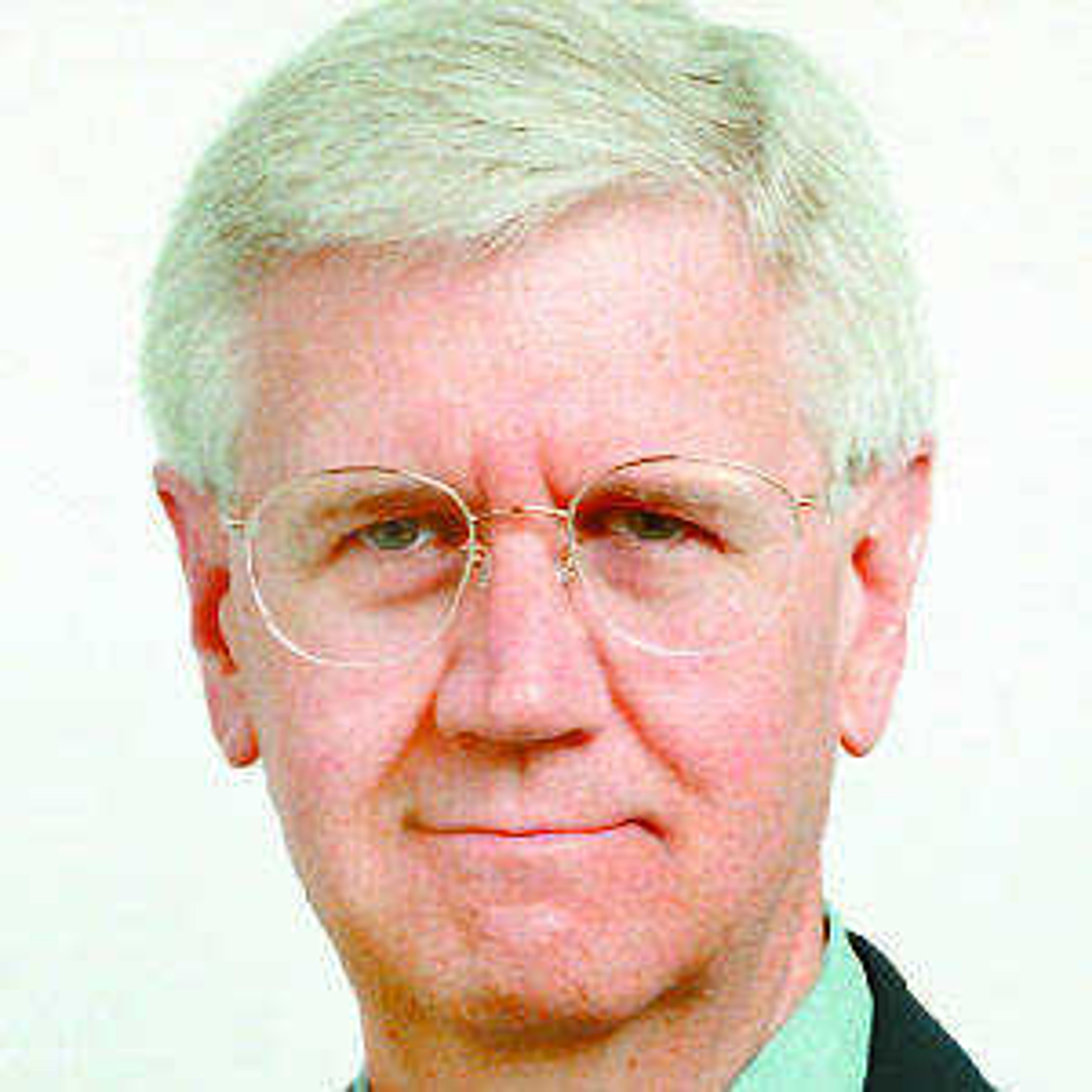One last thought before I go ...
So, you thought the Southeast Missourian's centennial was over. Almost. After special sections a year ago and again last week, after weekly features highlighting significant news events of the past 100 years, after a major start on refurbishing the newspaper's magnificent 1920s building into a 21st century showcase, after a blockbuster block party on Saturday -- after all that, I too was ready to say the celebration was over...
So, you thought the Southeast Missourian's centennial was over.
Almost.
After special sections a year ago and again last week, after weekly features highlighting significant news events of the past 100 years, after a major start on refurbishing the newspaper's magnificent 1920s building into a 21st century showcase, after a blockbuster block party on Saturday -- after all that, I too was ready to say the celebration was over.
Then Edna Patterson sent me a fax that is so appropriate to the newspaper's centennial that I couldn't resist writing one more birthday column.
The fax is one of those lists of facts about the year 1905. If you want an interesting perspective of how much our world has changed in a century, this list of facts will give you something to think about.
Here goes (my comments are in parentheses):
In 1905, the average life expectancy in the U.S. was 47 years. (Think about this: Longevity increased as fast food rose to prominence in our diet. Is there a connection?)
Only 14 percent of U.S. homes had a bathtub. (But there were creeks and ponds.)
Only 8 percent of homes had a telephone. (Now it seems like only 8 percent don't have cell phones.)
There were only 8,000 cars and 144 miles of paved roads in the United States (And the first gas station opened -- in St. Louis.)
The tallest structure in the world was the Eiffel Tower. (Later, the KFVS tower several miles north of Cape Girardeau became the tallest structure in the world -- a title it held for several years.)
The average hourly wage was 22 cents an hour. Accountants, dentists and veterinarians made $2,000 or more a year. Mechanical engineers made $5,000 a year. (The richest Americans today have something to do with computers.)
More than 95 percent of all births occurred in the home. (And look how we turned out.)
Ninety percent of U.S. doctors had no college education. They received their training at medical schools, most of which were condemned by the government as substandard. (Today's U.S. health care is the finest in the world.)
Most women only washed their hair once a month, using borax or egg yolks for shampoo. (Do you still long for the good old days?)
Crossword puzzles, canned beer and iced tea hadn't been invented. (OK. Which ones could you live without?)
There was no Mother's Day or Father's Day. (And no Hallmark, which invented just about every major modern holiday.)
Only 6 percent of all Americans had a high school diploma. (But they worked hard so their children could get an education and better jobs. That's not so dumb.)
Marijuana, heroin and morphine were over-the-counter remedies available at most drug stores. (What would happen to today's U.S. prison population if this were the case today?)
Sugar cost 4 cents a pound. Eggs were 14 cents a dozen. Coffee was 15 cents a pound. (According to my online inflation calculator, those prices today would be 82 cents for sugar, $2.87 for eggs and $3.08 for coffee. Except for coffee, I think we're better off.)
I wouldn't want to return to 1905 for all the coffee in the world. But, thanks to Edna Patterson, I think we all have a better understanding of life when the Southeast Missourian's first edition rolled off the press.
Now the centennial is over. Really.
R. Joe Sullivan is the editor of the Southeast Missourian.
Connect with the Southeast Missourian Newsroom:
For corrections to this story or other insights for the editor, click here. To submit a letter to the editor, click here. To learn about the Southeast Missourian’s AI Policy, click here.










